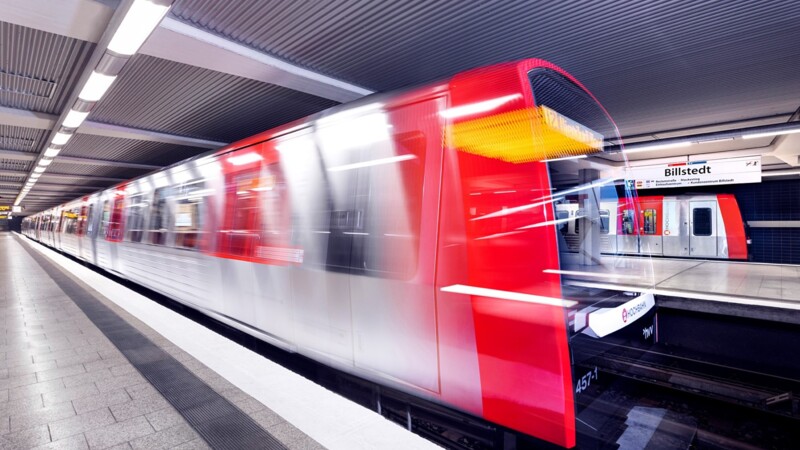"The figures in the survey show that the mobility transition is making significant progress in Hamburg," said Anjes Tjarks, Senator for Transport and Mobility Transition. Both cycling and the use of public transport are increasing while individual car traffic dropped by almost 30 per cent in 2022. Cars clocked up 9 million fewer passenger kilometres than in 2017. "On the one hand, the changes brought about by the pandemic and the increase in remote working has driven the mobility transition. Transport measures adopted in recent years are having an effect," he added. Four out of five journeys will be done by environment-friendly means of transport by 2030, according to the senate's plans.
Around 68 per cent of Hamburg's population travelled on environment-friendly public transport, bicycles or on foot in 2022 - a rise of 4 per cent over 2017, according to a press release on Monday (May 8, 2023). The figures indicate that the mobility transition is still gaining momentum, a survey by the Ministry of Transport has found. The senate now hopes to increase the share of environment-friendly transport to 80 per cent by 2030.
Drop in car traffic over 2017
Overall decline in mobility across Hamburg
While the use of public transport increased by 2 per cent over 2017, the use of bicycles rose from 15 per cent in 2017 to 22 per cent in 2022. One in eight households now has an e-bike. The number of cars on Hamburg's roads fell from 36 in 2017 to 32 per cent. However, the proportion of people walking fell from 29 to 22 per cent in the same period. Although the number of daily trips has fallen from 5.8 million to 5.3 million in 2022, overall traffic has decreased and the number of kilometres travelled by passengers fell by 14 per cent, which is likely due in part to the pandemic and the increase in teleworking. Before the pandemic, only 15 per cent of employees worked from home; by 2022, this figure had risen to 40 per cent.

36 new railway stations, more and upgraded cycle paths
Motorised private transport increased 17 per cent from 2008 to 2017 and may have to do with a 12 per cent rise in Hamburg's population since 2008. The senate is now aiming to make 80 per cent of trips environment-friendly by 2030. Around 36 new railway stations and more cycle paths are to be built or upgraded by 2043 with a clear structural division between motorized and pedestrian traffic.
nj/mm/pb
Sources and further information
Survey
A total of 8,350 residents of Hamburg were interviewed about their mobility in spring and autumn 2022 for the "MobiHam 2022" survey similar to the "Mobility in Germany" survey commissioned by the German Ministry of Transport in 2017. The results and other means of boosting the mobility transition will be part of an exhibition in Hamburg's City Hall from May 17, 2023.
More
Similar articles

More shared mobility in Hamburg's south thanks to HVV Switch

Hamburg to become model mobility region

Hamburg to host UITP Global Public Transport Summit in 2025 and 2027
